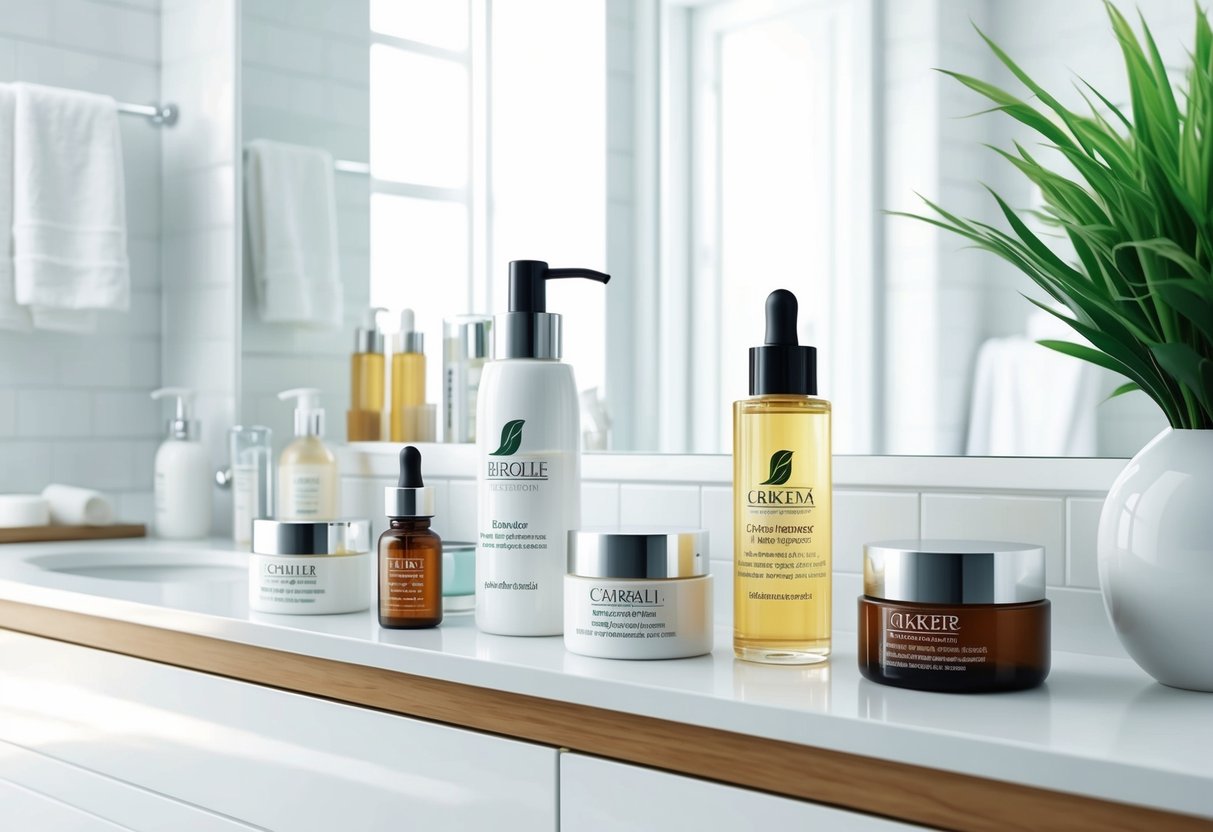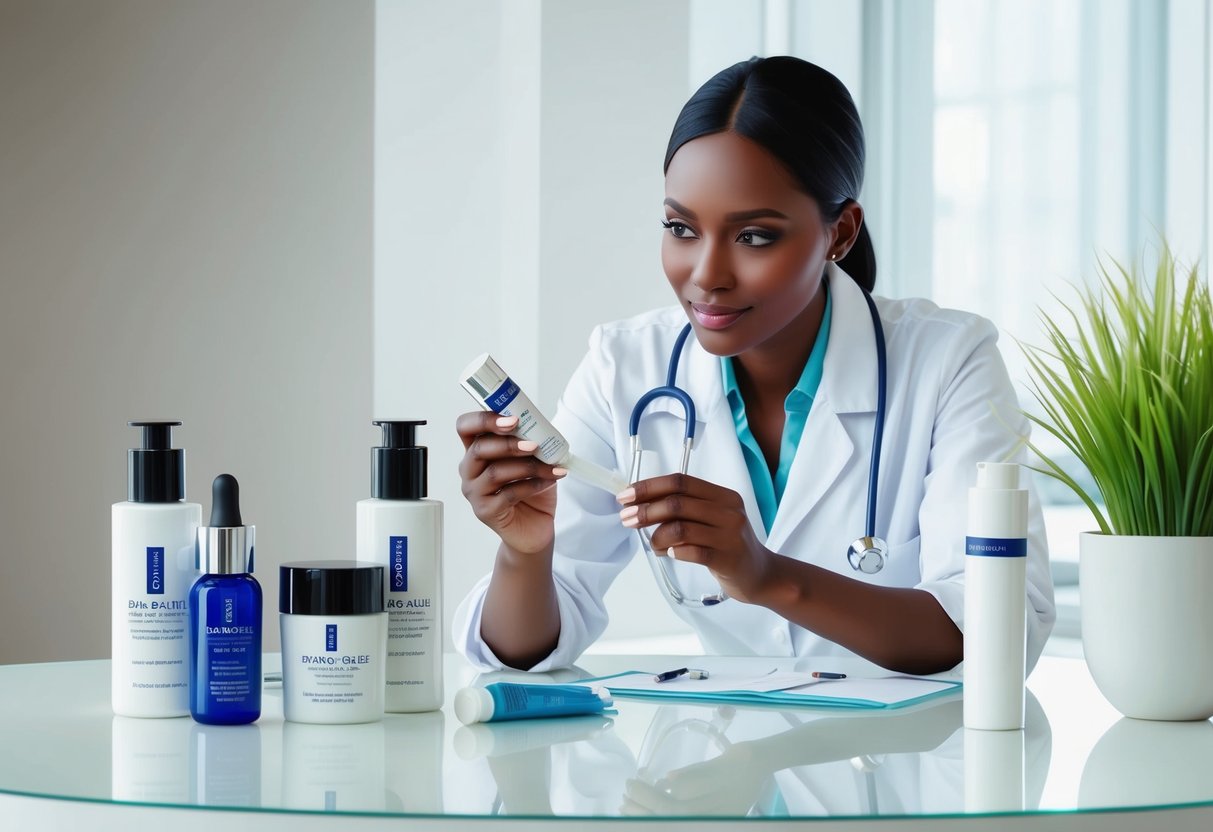How to Get Rid of Dark Spots on Face Fast: Dermatologist-Approved Skincare Solutions
Lifestyle and Prevention Strategies

Taking proactive steps plays a significant role in reducing the appearance of dark spots, limiting new discoloration, and supporting healthier skin. Everyday habits, skincare routines, and attention to hormonal factors are all important for long-term results.
Managing Sun Exposure Year-Round
Sun exposure is the leading cause of new and worsening dark spots. Even brief, daily exposure to ultraviolet (UV) rays can increase melanin production.
To prevent this, dermatologists recommend wearing a broad-spectrum sunscreen with at least SPF 30, reapplying every two hours when outdoors. Wearing wide-brimmed hats, sunglasses, and clothing with UPF protection offers an extra layer of defense.
Seek shade during peak sun hours, usually between 10 a.m. and 4 p.m. Glass windows do not fully block UVA rays; daily sunscreen use indoors is also helpful.
People with a history of hyperpigmentation or post-acne marks should be especially diligent. Adopting these sun safety habits reduces the risk of existing dark spots getting darker and helps prevent new patches from forming.
Read more about sun prevention at this Healthline guide to dark spots.
Minimizing Post-Acne Marks
Post-acne dark spots, also called post-inflammatory hyperpigmentation, often linger long after a breakout heals. Picking at pimples can worsen discoloration and increase the chance of scarring.
Using non-comedogenic skincare helps reduce new pimples and lowers the risk of spots. Consistent use of gentle exfoliating products like chemical exfoliators (e.g., glycolic acid) encourages skin cell turnover and fades old marks.
Topical treatments with retinoids or vitamin C can speed up pigment breakdown. Ensure that products are introduced gradually to reduce irritation, which can trigger more pigmentation.
If acne is persistent, a dermatologist may suggest prescription medicine or in-office treatments to lessen breakouts and fade discoloration. Evaluating daily routines for habits that aggravate the skin contributes to maintaining an even skin tone.
For a list of approved ingredients, see these dermatologist recommendations.
Inflammation and Hormonal Balance
Inflammation and hormonal fluctuations play crucial roles in the formation of hyperpigmentation. Conditions like eczema or allergic reactions trigger inflammatory processes that can leave dark patches after healing.
Managing inflammation involves identifying triggers, using soothing products like niacinamide, and avoiding harsh skincare. Hormonal changes—including pregnancy, oral contraceptives, or menopause—can increase the risk of melasma and other dark spots.
Some people may notice spikes in pigmentation around menstrual cycles or during times of stress due to hormone shifts. Consulting with a healthcare professional about solutions for hormone-induced pigmentation can be helpful.
Maintaining a balanced lifestyle with regular sleep, stress moderation, and a diet rich in antioxidants supports healthy skin function. Learn more about reducing dark spots caused by inflammation at this LifeMD article.
Frequently Asked Questions

Treatment for dark spots on the face often combines dermatologist-recommended ingredients, targeted topical treatments, and the daily application of sunscreen. While prescription actives work quickly for some, many over-the-counter products, natural remedies, and at-home methods can also play a supporting role in fading hyperpigmentation.
What are the most effective dermatologist-recommended treatments for facial dark spots?
Dermatologists frequently recommend topical treatments like hydroquinone, vitamin C, kojic acid, azelaic acid, and retinoids such as tretinoin or retinol to address dark spots. Ingredients like these help lighten hyperpigmentation by inhibiting melanin production and encouraging cell turnover.
Chemical peels and professional laser treatments may also be suggested for stubborn cases requiring faster results.
Can natural remedies swiftly eliminate dark spots on the face, and if so, which are most effective?
While natural remedies may help with mild pigmentation, they are not considered fast-acting compared to prescription or clinical options. Ingredients such as apple cider vinegar, known for its polyphenols, and soy extract may gradually fade discoloration with regular use.
However, significant or quick results from natural remedies are unlikely, and consistency over several weeks is important for any visible improvement.
What is the best quick-acting cream for removing dark spots on facial skin?
Hydroquinone creams are widely regarded by dermatologists as some of the most effective quick-acting options for hyperpigmentation. Prescription-strength formulations often produce visible results within a few weeks.
Alternatives such as retinol, vitamin C serums, and azelaic acid products are also popular and well-reviewed for brightening skin tone and fading existing spots.
How do dermatologists advise to fade dark spots on the face within a few days?
Dermatologists generally advise that no topical treatment will completely erase dark spots in a matter of days. For optimal improvement in the shortest period, they typically recommend a combination of prescription-strength fading agents and in-office procedures like chemical peels or laser treatments.
Daily use of broad-spectrum sunscreen is crucial to prevent further darkening and protect treated skin.
What are the fastest at-home methods for reducing the appearance of dark spots on the face?
The fastest at-home methods involve using products containing retinoids, vitamin C, kojic acid, or niacinamide. Gentle exfoliation may also help boost skin cell turnover.
Consistent use of a targeted routine, including a brightening serum and sunscreen, can speed up improvement, as noted by the American Academy of Dermatology in their guidelines for fading dark spots.
Are there any creams specifically designed to tackle dark spots on the body that are also safe for facial skin?
Some body creams formulated for dark spots contain strong exfoliating acids or higher concentrations of active ingredients.
While a few of these products may be safe for facial application, individuals should check label instructions and consult with a dermatologist before using them on sensitive facial areas.
Facial skin is thinner and more prone to irritation.
It’s best to choose products intended for the face whenever possible.



